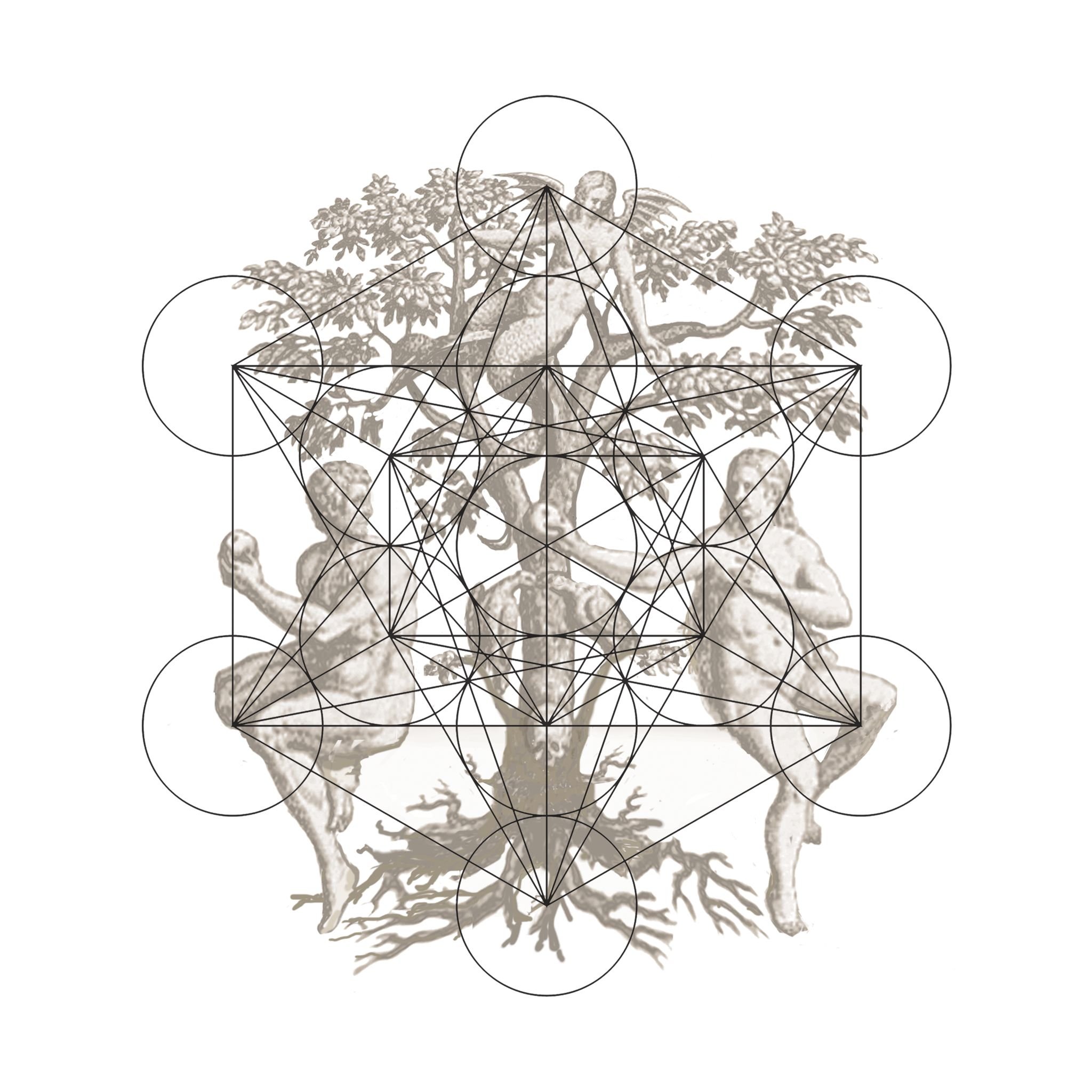Youki Hirakawa 'The Better Way Back to the Soil' Opens in Taiwan
From 18th November to 24 December 2017, Youki Hirakawa will be presenting a solo exhibition 'The Better Way Back to the Soil' in Taipei, Taiwan.
Hirakawa continues to make his mark in the international art world with his works utilising various media, ranging from video imagery to minimalistic two-dimensional paintings. From his blending of Eastern Zen philosophy with the pluralistic style of Western contemporary art emerges an innovative, cross-cultural viewpoint that has captivated Eastern and Western audiences. The exhibition will feature twelve video and print works, including a new, large-scale 4K resolution video piece which the artist conceived and created specifically for the exhibition space.
Having received rigorous training in film production, Hirakawa dexterously manipulates images and time. His works, through different means of transformation, contemplate ideas of frozen time and its vectors and bring time—once at a standstill—back into motion. In preparation for this exhibition, the artist collected, from all over the world, cellulose nitrate-based film stock, which was widely used until the 1950s and is commonly referred to as “nitrate film.” It is suggested that roughly 80% of nitrate film stock may have already been lost due to the material’s spontaneous combustibility and improper storage which has resulted in theater fires. The Better Way Back to the Soil presents works that center around these disappearing rolls of film—works of art created with films of which the negatives may have already been lost to future generations or which have no recorded history. As for those negatives that were collected yet were unable to be played or viewed, the artist burnt them, and from the ashes extracted the time and memory of this process of recording. Through media archaeology and a methodology reminiscent of alchemy, Hirakawa creates video imagery and two dimensional works that, with modern digital technology, evoke analog memories of the last century, calling on visitors to explore a past which has already vanished from our own space and time.

